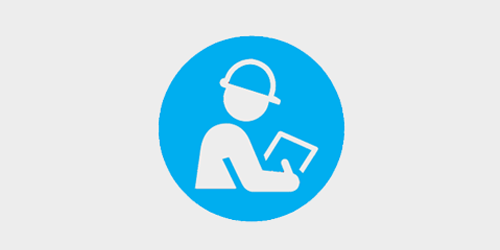Personal safety
01 October 2023
Baptist insurance
Risk management
Working alone can present new risks and in some situations, extra caution is required to remain safe.
Most people are kind natured and leave others to get on with what they do. But sadly there is a slight chance that someone might try and take advantage or put you in danger.
A personal safety plan gives details of what to do if a problem ever arises.
What should a personal safety plan include?
Personal safety plans should be clear and easy to understand. They may include:
- An assessment of the hazards and risks encountered
- Tailored information based on the location and activities of the individual
- An outline of safety actions or control measures put in place.
The plan should be reviewed regularly and known to others at your church.
Identify if there is a need for training
You should consider the training needs of anyone at your church who is likely to be working alone. These might be identified in a risk assessment or by speaking with the individual to understand their needs. You may need to provide support or guidance when dealing with visitors or parishioners who require special attention e.g. mental health issues or other disabilities.

